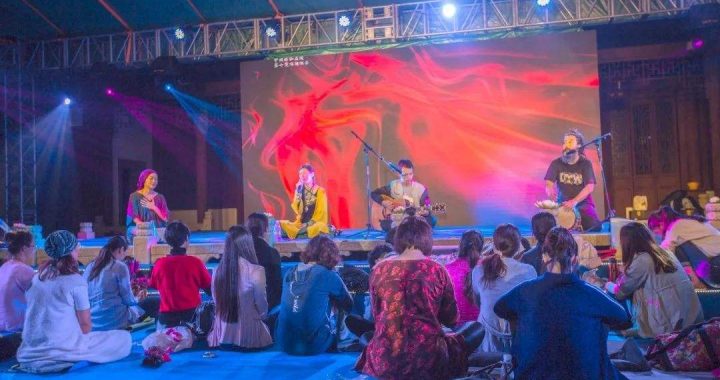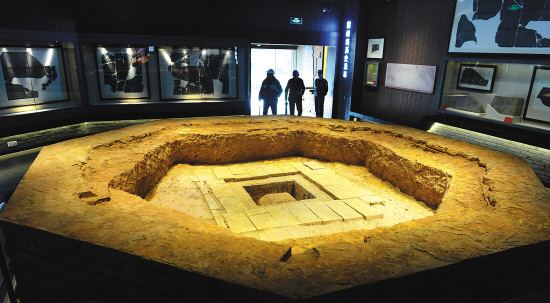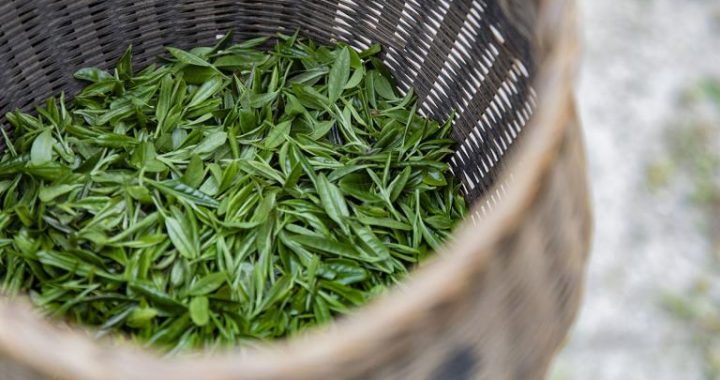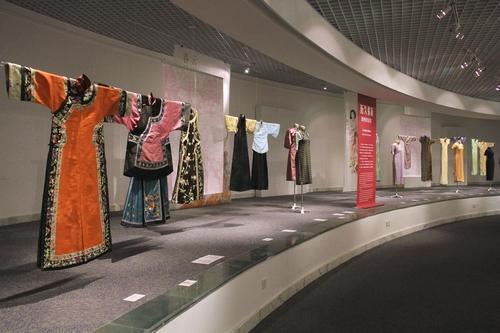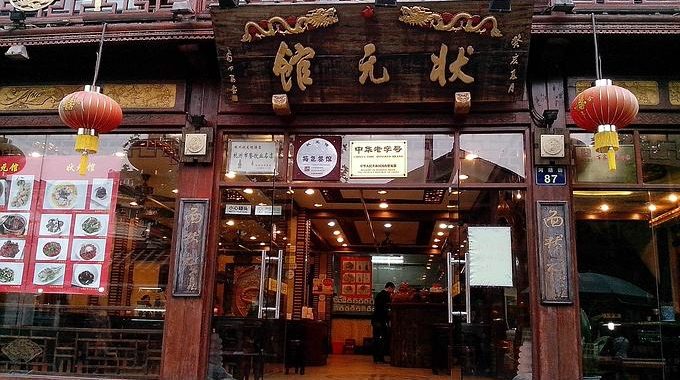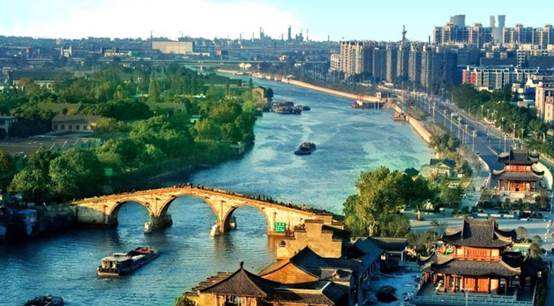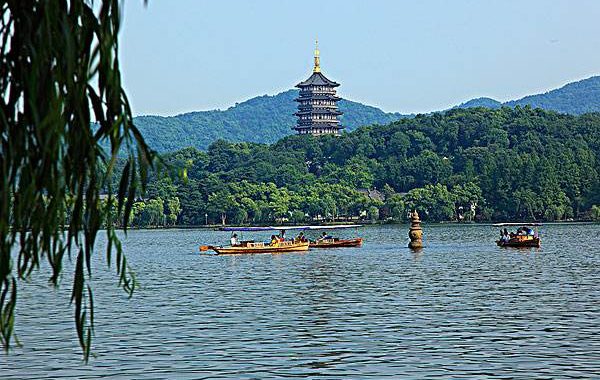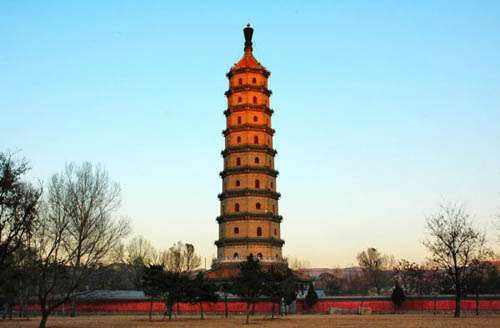Shopping and Saving
3 min readIf there’s one thing visitors do in Hangzhou,it’s shop.From handicrafts lovingly made by careful hands to the most luxurious silk in the finest shops,the city is known for the special care put into its products.For those interested in Chinese culture,Hangzhou provides a sense of authenticity,a sense that you are getting the best of something.
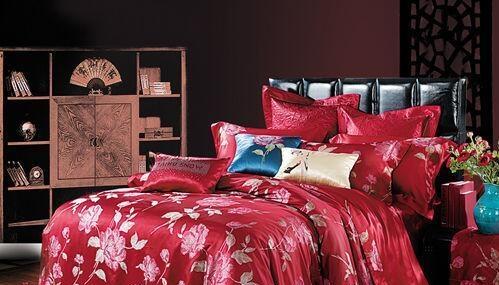
However,on your journey to secure the very best,you’re going to need to get to know your hangluo silk from your duan silk and why you absolutely need to ask about sandalwood in your traditional Chinese fan.For those who want to shop in true Hangzhou style(and don’t mind a little bit of haggling),the best part of the Hangzhou shoppingscene is in its street markets-where centuries-old streets provide buyers with unique options found nowhere else on earth.
The Silk Culture in Hangzhou
On your way out of the Hangzhou Railway Station,you will see a slogan:“Travelall the way to Hangzhou,half for the West Lake,half for the silk.”If you go to Hangzhou and don’t come back with silk of some sort,your spouse has every right to be angry with you.
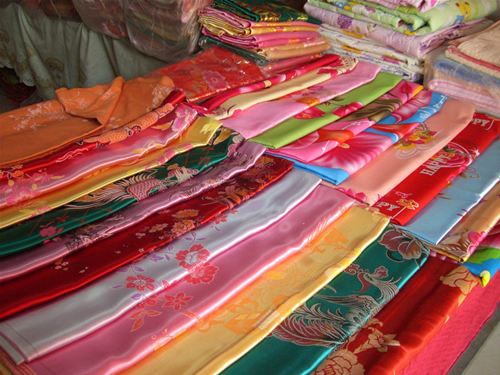
Having been one of the ma jor hubs for silk production for centuries,silk runs through the lifeblood of Hangzhou,and you can find a place to buy it on every street corner.
Perhaps more important for shoppers is being able to tell the difference between the more than 14 different types of silk.For instance,chou is your most common silk;thin and soft,it’s often made into dresses,blouses,or night gowns.Duan is a little bit thicker It’s smooth if you stroke it from the right direction,and this is because during weaving,one of the crossed threads is always on top.Duan is often brocaded and made into an autumn or winter qipao.
The most famous,though,is hangluo .Using pure silkworm thread and woven in an extremely complex pattern,the fabric is famed for being light and breathable,perfect for a summer qipao.
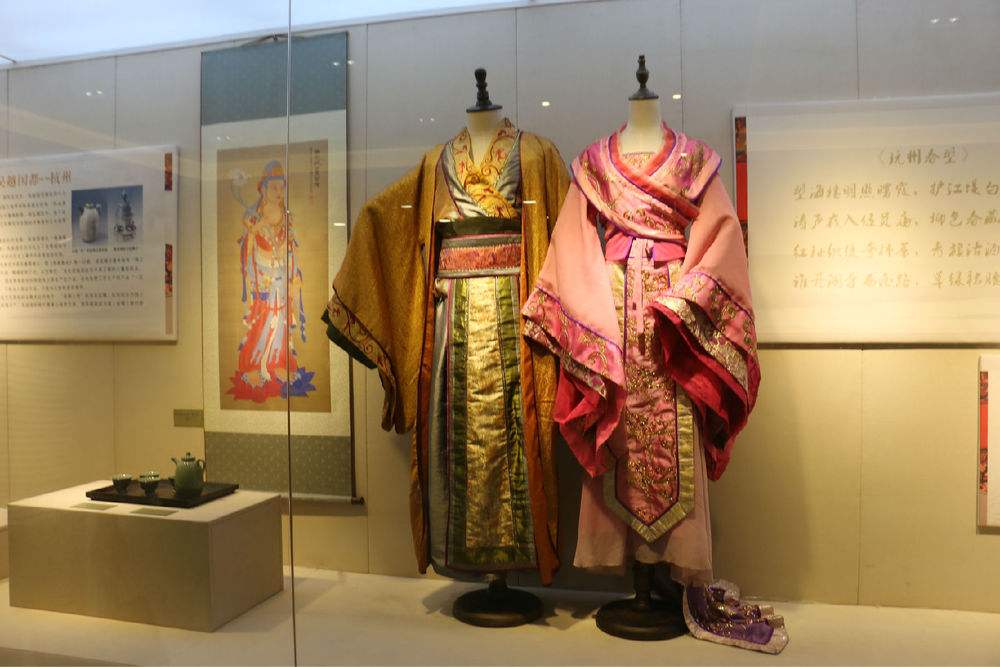
Luo silk history can be traced all the way back to the Spring and Autumn Period.In the Three Kingdoms Period(220-280),today’s Hangzhou area belonged to the Wu Kingdom,whose first lady,Madam Zhao,was famous for her luo-weaving skills.“【She】wove luo month after month,and tailored it into curtains;seen from both sides,it floats like smoke and keeps the room cool,”Wang Jia wrote in the fourth century Collection of Anecdotes.
When it came to the Southern Song Dynasty,Lin’an fashion dictated that ladies would wear full-length dresses,mostly made of luo silk,coining the term luoqun,or“luo dress”.Long gowns with loose sleeves made of luo were equally popular with the gentlemen of the age.
Until recent history,hangluo was reserved for the rich and powerful-1930s Shanghai tycoons needed at least a few white hangluo gowns in their closets to even be considered well-dressed.The ancient technique of making hangluo was recognized as UNESCO Intangible World Cultural Heritage in 2009,and if you’re looking to take home a bit of this culture,keep an eye out for the brand Fuxing Hangluo,produced by Fuxing Silk Factory,which has always strived to hold on to traditional methods.
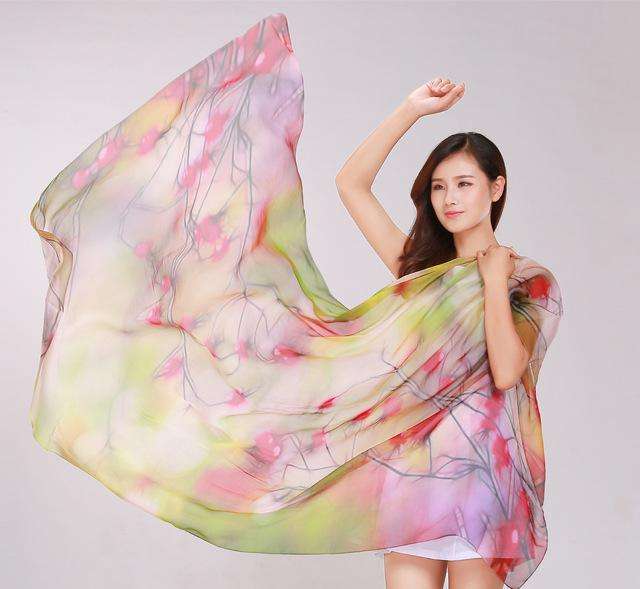
The Fuxing Hangluo brand still uses traditional weaving methods Silk dyeing has been an important facet of silk production for millennia.In describing the process of making a luxurious silk dress for a lady of the court,Tang Dynasty poet Bai Juyi wrote in his poem“Liao Ling”,“【The woven silk fabric】resembles a 15-meter waterfall under the moonlight..【They】embroidered the wild geese pattern over the clouds and dyed it the color of the southern spring river.”The former Hangzhou Silk Printing and Dyeing Factory,now known as Xidebao,is a renowned silk brand specializing in hand-dyeing silk.
